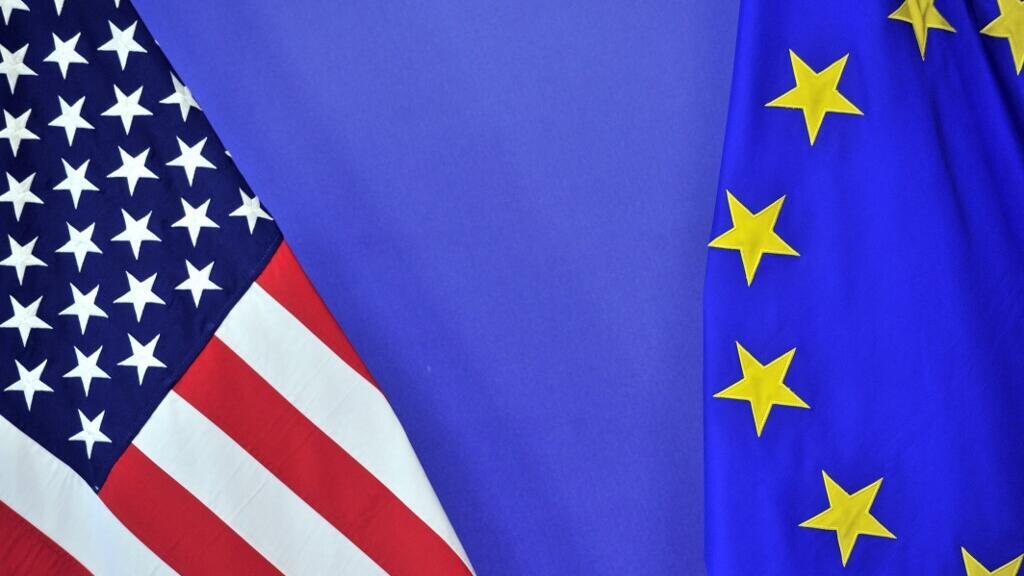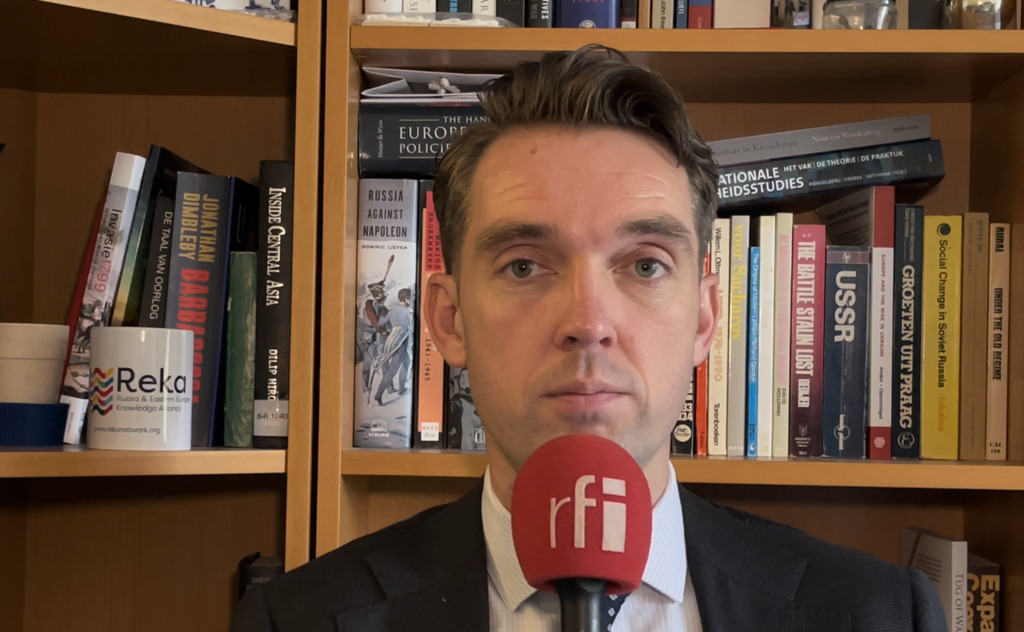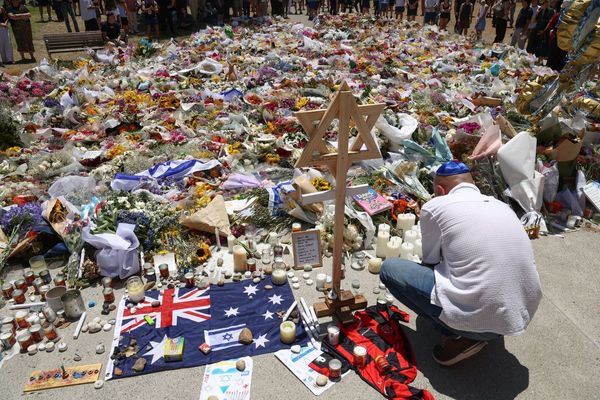
The finely balanced provisional results of the Dutch election has intensified the debate over European security and dependence on the United States, prompting urgent questions about defence autonomy and the respective roles of the Netherlands and France.
“The election is still too close to call, but what’s clear is that almost all Dutch parties agree on the severity of the Russian threat, and, increasingly, the risks stemming from China,” says Bart van den Berg, head of the security and defence programme at the Hague-based think tank, the Clingendael Institute..
Two days after the election, the final result remains undecided. Centrist-liberal D66 has edged ahead of Geert Wilders’ far-right PVV, but key votes from Venray - a Wilders stronghold - are expected on 31 October, while around 90,000 overseas ballots (mostly non-Wilders) will be counted only on 3 November.
He points out that only fringe parties advocate restoring ties with Moscow or minimising China as a security risk. Mainstream parties, he sai, broadly favour tougher stances, continued support for Ukraine, and a strong commitment to NATO.
“The Netherlands will continue its current security policy - meeting NATO targets and backing Ukraine - but the real debate now is over how to reduce strategic dependency on the United States,” he said.

US military sales
Europe’s military reliance on Washington is intensifying more rapidly than political consensus can form. Defence spending across Europe has risen sharply, yet a significant share of this demand has shifted towards the US defence industrial base.
This helps to explain the steep increase in US Foreign Military Sales (FMS) to Europe over the past two years, according to Guntram Wolff, a senior fellow at Bruegel, a Brussels-based think tank.
Recent data show that US FMS( Foreign Military Sales) notifications to Europe have surged from an annual average of $11 billion (2017–2021) to $68 billion in 2024, particularly in the areas of fighter aircraft, missile systems and defence software.
“The US defence industrial base itself is quite strained,” Wolff noted. Delivery delays have lengthened for key products, and the US government retains the ability to reprioritise buyers according to strategic interestscoring underscoring both the capacity and political risks faced by European partners.
Atlanticist tradition
The Netherlands, with its Atlanticist tradition, has largely leant on transatlantic defence, often favouring American hardware like F-35s over French Rafales.
Atlanticist tradition refers to a political and strategic worldview that emphasizes the importance of close cooperation between North America (especially the United States and Canada) and Europe (especially Western Europe) - the countries bordering the Atlantic Ocean.

Currently, the Dutch Air Force remains dependent on the United States. “The F-35 is a superior fighter to the French-made Rafale. But in the long term, these dependencies - and how our forces manage them—will be crucial,” says Van den Berg.
France and Germany weigh future of joint EU weapons projects
While the Dutch possess strong marine, naval and niche technological capabilities, they are less integrated than France in European defence industrial projects and remain sceptical about a fully independent EU army.
France, by contrast, has consistently championed European defence sovereignty. President Macron’s drive for a “European pillar within NATO” and even a European army distinguishes France as the leading advocate for EU strategic autonomy.
French-led joint fighter and naval programmes have generated momentum, but, as Wolff points out, “Germany still regards the US - not France - as its principal military ally, which limits how far such integration can go. The European defence market remains fragmented, and consensus is difficult to achieve,” according to Van den Berg.
NATO summit opens in The Hague amid unprecedented security and protests
Trump Era
Dependence on the United States carries both immediate and long-term risks. “The President of the US can, at any time, alter the allocation order under Foreign Military Sales (FMS) programmes,” notes Wolff, observing that several allies have experienced delivery delays lasting years when priorities have shifted—as seen recently with Switzerland and previously with the UAE.
Moreover, “Europe urgently needs a strategy to reduce its technological reliance on the United States. That requires clear incentives for European high-tech defence firms and a shift in procurement policy towards domestic suppliers,” he adds.
France’s advanced technology is frequently overlooked in favour of US systems—partly for the perceived security guarantees they offer, and partly as a legacy of longstanding alliances. Yet the Trump era demonstrated that such guarantees cannot be assumed simply through procurement choices.
France remains world's second largest arms exporter behind US
Van den Berg is even more pragmatic: “Most Dutch parties support diversifying alliances - not only strengthening ties with the US but also making new friends among middle powers like Brazil, India, and Indonesia. Reducing dependency means investing in domestic industries and forging European military innovation”.
Tough choices
The path ahead demands difficult choices. As Europe’s threat perception intensifies - particularly following Russia’s invasion of Ukraine and a series of hybrid crises across the continent - politicians and strategists alike emphasise the urgent need to expand domestic defence production, integrate markets, and modernise procurement systems, lest Europe remain vulnerable to transatlantic unpredictability.
“Europe now has advanced high-tech defence companies, some of which are becoming unicorns. What is needed is a coherent strategy to channel demand towards these firms, scale up production, and restore technological leadership in critical domains,” says Wolff.







